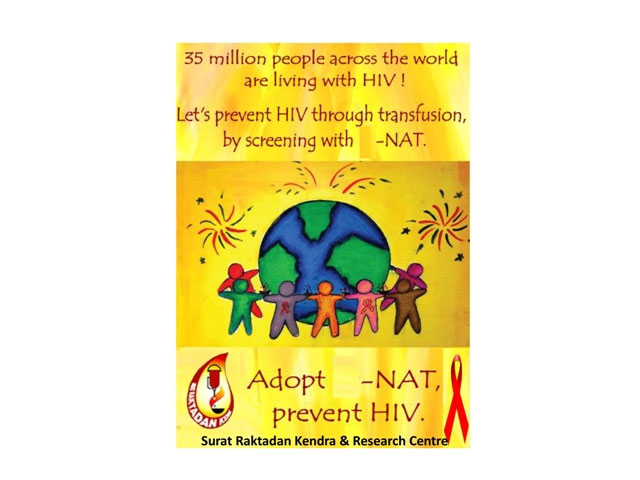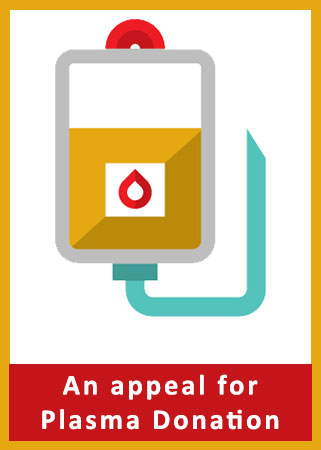In countries with a high prevalence of the transfusion transmitted infections (TTIs) like India there are likely to be a significant number of window period donations. The NAT (nucleic acid amplification technology) can detect the presence of VIRUS before antibodies appear in the blood. NAT has been implemented in SRK centers since 1st April 2013. It is being performed on all blood units collected from the voluntary blood donors, in addition to mandatory ELISA.
NAT is a very sensitive test that allows direct detection of HIV-1, HCV, and HBV viruses in blood sample. It is a combined test that can detect the presence of HIV-1, HCV and HBV. If the combined NAT test is positive, a second test specific for each virus, HIV-1, HCV, and HBV is done.
Nucleic Acid Testing
Viral Window Period*
The period between infection and detection of the virus by the best.
Serological Screening Method
Conventionally, laboratories detect HIV, HCV and HBV through testing the viral antibody in blood units. In other words, antibody screening cannot detect the acute viral infection during the window period if not enough amount of viral antibodies is produced. Therefore, it is possible to be infected if a patient receives a blood unit donated during the window period. The window period for HIV is approximately 22 days, and for HCV is 66 days and HBV is 59 days.
What is Nucleic Acid Testing?
Nucleic Acid Testing (NAT) directly amplifies and detects the genetic material of viral nucleic acid (DNA or RAN), in order to screen for the existence of the transfusion transmitted virus in donated blood, such as HIV (Human Immunohematology Viurs) and HCV (Hepatitis C Virus).
The Purpose of Nucleic Acid Testing
NAT can detect virus donated by carriers who do not seroconvert or lack antibody. As long as the virus inside body cells grow to a certain amount and enter the blood stream, it can be picked up by NAT before the production of antibodies by the immune system. In this way, it greatly shortens the window period to 11 days for HIV,; to 23 days for HCV and to 34 days for HBV, providing a much safer blood product.
Nucleic Acid Testing Procedure
1. Sample pooling and nucleic acid extraction-To remove the viral envelope and protein, the nucleic acid is then released and purified.
2. Target DNA and RNA amplification-Since the amount of virus in blood circulation during acute phase infection may not reach the detection
limit of NAT, the viral nucleic acid is amplified Polymerase Chain Reaction (PCR) to increase the number of detectable viremic units.
3. Target DNA and RNA Amplicon Detection-To identify whether the specimen is positive or negative by detecting the amplicon using automatic
equipment.
The implementation of Nucleic Acid Testing aims to reinforce the safety of blood supply, not for donors to test for such virus.
NAT Benefits
The India Multi-Centre study shows that NAT would pick up 1 in 1528 infected units which were cleared by Serology.
Based on this approximately 1 in 2400 units in India are still infecte.
With 1 unit being transfused to up to 3 patients, NAT could interdict 7500 infections of HIV and Hepatitis B & C annually in India.
| Viral Window Period | ||
| Antibody Testing | Nucleic Acid Testing | |
| HIV | 22 days | 11 days |
| Hepatitis C | 66 days | 23 days |
| Hapatitis B | 59 days | 34 days |







